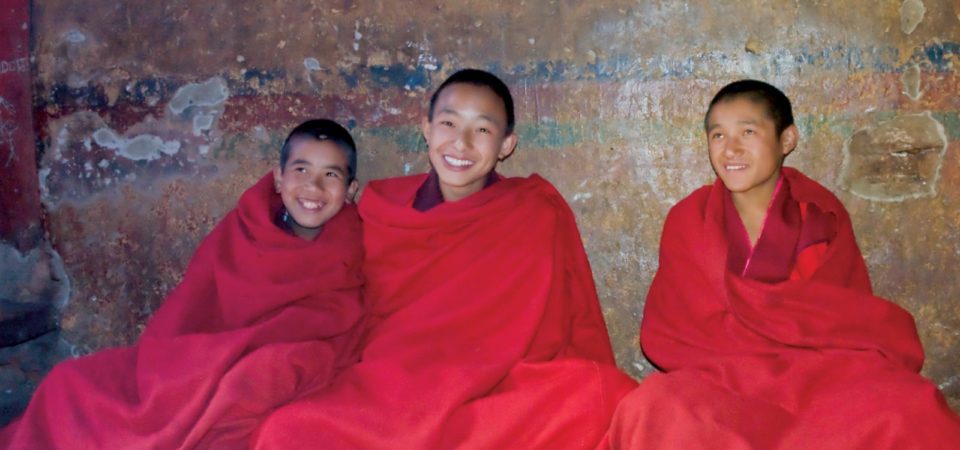Dancing Star Foundation President Michael Charles Tobias reviews Sulekh C. Jain’s An Ahimsa Crisis: You Decide.
An Ahimsa Crisis: You Decide, Prakrit Bharati Academy, Jaipur, India 2016, By Sulekh C. Jain, Co-Founder of the International School for Jain Studies (ISJS)
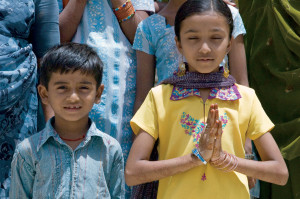
What is an “ahimsak” you may ask (or not)? It refers to someone who is truly nonviolent, a pillar of Jain ethical aspirations, which enshrines the saying, Ahimsa Parmo Dharma, or, nonviolence, the highest religious practice. As written in the Foreword by Philip Clayton, “…will it be only the good of our friends and family that we live for, or will it be the good of all living beings? The heart of An Ahimsa Crisis is about these two choices…Most of us ‘drift to and fro’ somewhere in between, inspired by the ideal of ahimsa [non-violence] but taking only baby steps in that direction.”
In a basic sense, this book comprehensively addresses the ecological underpinnings of Jain nonviolence. In his second Foreword, Dr. Gary Francione points out that many of the Jains worldwide are vegetarian to the core but do not hesitate to consume dairy products. And this is, indeed, a major challenge for millions of 21st century adherents of one of the world’s oldest, and most non-violent oriented spiritual traditions in documented human history.
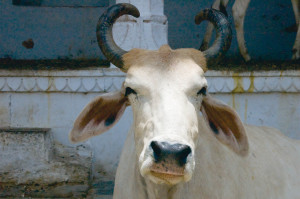
But what Sulekh Jain has accomplished with this book (free to download here) is a major achievement. It consolidates Jain philosophical and everyday thinking into a precise, 328-page overview of what Jain non-violent history and thinking abundantly contributes to the global ecological challenges facing all of us. It does so by identifying key areas of abstention most of us will have overlooked. Junctures in our daily lives that are, in fact, magnificent opportunities for making an individual difference in the world, which most people ignore.
Most essentially, writes, Sulekh Jain,
“Jains believe that animals and plants, as well as human beings, contain living souls. Each of these souls is considered of equal value and should be treated with respect and compassion. Jains are vegetarians and live in a way that minimizes their use of the world’s resources.” (p.57)
If just these two fundaments of the basic principles of Jainism were adhered to by far more than the estimated 8-to-20 million Jains worldwide, imagine the vast transformations we would at once be party to in terms of mitigating the himsa, or harm meted out by our species towards all others, and the habitat which is theirs’?
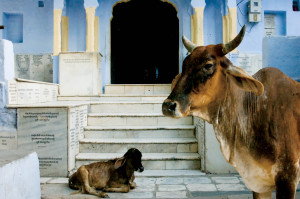
Citing the life of the most recent saint in Jain tradition, Mahavira (599-527 BC) as perhaps the most well-documented proponent of ahimsa, Jain reminds us that the “moral and spiritual dimension” of animals is basic to Jain cosmology, which translates into everyday understanding. He writes, in distinguishing Jain tradition and proponents from perhaps most others of our species,
“…the single most notable attribute of a Jain…would surely be ahimsa. Ahimsa not in talk, not in slogan, not in worship, but ahimsa in continuous practice, inside and outside the temple and places of worship, and as a way of life and all the time.”
This from an author who “is a Mechanical Engineer” who “retired from General Electric (GE) Aircraft Engine Division in Cincinnati, Ohio and now devotes all his energies to the promotion of Jain and Ahimsa related causes and projects.” (International School for Jain Studies)
This self-effacing Gentleman of the enormously complex and rewarding Jain path has enshrined what may well be the most honest, definitive and contemporary account of the challenges and realities of Jain tradition ever written in the English language.
On page 86, Sulekh summarizes the expansive analysis to come, and I quote at length:
“The Broad Landscape of Himsa” – “Himsa caused by humans creates a large and vast landscape and is done in many shapes and forms, with or without motives. It encompasses himsa committed for basic bodily needs for food, clothing, shelter, and medicine, secondary needs and desire for physical beauty, for sports and entertainment, for furnishings, for transportation, for societal and religious customs, and stemming from ego, anger, hatred, greed, control, power, and dominance over others.”
I urge readers to obtain and study this invaluable guidebook towards living a more compassionate, thoughtful and deliberate lifestyle.
–Michael Charles Tobias | President, Dancing Star Foundation
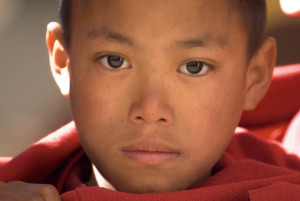
Learn more about the book here and access a free PDF-version.
The views and opinions expressed through the MAHB Website are those of the contributing authors and do not necessarily reflect an official position of the MAHB. The MAHB aims to share a range of perspectives and welcomes the discussions that they prompt.
